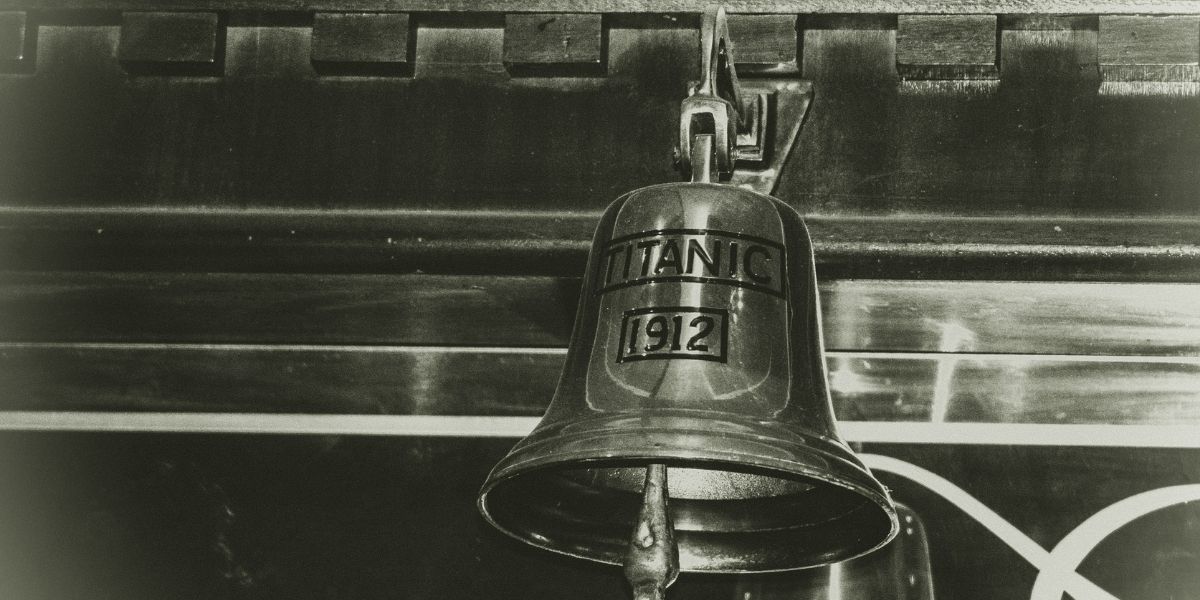The American flag is more than a symbol—it’s a visual timeline of a nation’s journey. Every stripe, every star carries the weight of history. From its earliest form during the fight for independence to the version that flies today, the flag has changed with the country itself. Its colors have flown over battlefields, parades, protests, and presidential inaugurations. But how did it come to be what it is now? And why does it continue to hold such power in the public imagination?
Read Also: Exploring North American Folklore: Legends and Myths That Shape Regional Culture
Where Did the American Flag Begin?
The first official American flag took shape during the Revolutionary War. In 1777, the Continental Congress passed a resolution declaring that the flag should have thirteen stripes—alternating red and white—and thirteen stars on a blue field. The number thirteen represented the original colonies that declared independence from Britain.
At the time, stars were chosen as a symbol of a new constellation, one that stood apart from European empires. The flag’s design reflected both unity and the hope of a bright future. Though no one can confirm who stitched the first flag, Betsy Ross is often credited with sewing the early version, thanks to a story passed down by her descendants. Whether legend or fact, her name remains linked to this early chapter in the flag’s evolution.
Why Do the Stars and Stripes Matter So Much?
The stripes on the flag have remained constant—thirteen, to honor the founding colonies. The stars, however, have changed as the country expanded. Each new state added a new star, symbolizing its entry into the union.
Today, the flag has fifty stars, representing all U.S. states. Its evolution mirrors the country’s own—growing through conflict, negotiation, and discovery. But the stripes are a reminder of where it all began.
The colors also carry meaning. Red symbolizes courage and valor. White stands for purity and innocence. Blue represents vigilance, perseverance, and justice. Together, they create a flag that tells a story not just of land and law, but of ideals.
How Has the American Flag Changed Over Time?
Since its original adoption, the American flag has gone through twenty-seven official versions. Most of these changes reflect the addition of new states. For example, in 1818, Congress passed a law that fixed the number of stripes at thirteen and required a new star to be added on the Fourth of July following a state’s admission.
When Hawaii became the 50th state in 1959, the current version of the flag was finalized. It’s the longest-running design in U.S. history.
The flag has appeared in many forms across generations—from the battlefield banners of the Civil War to the uniforms of astronauts on the moon. It has been stitched into protest signs, draped over coffins, and printed on clothing. Through each of these moments, it has remained a potent symbol—sometimes of unity, sometimes of division, always of identity.
What Role Has the Flag Played in American Culture?
Throughout its history, the American flag has taken on deep cultural meaning. During wartime, it has symbolized sacrifice and patriotism. Images like the flag raising at Iwo Jima in World War II became iconic. In times of tragedy, such as after 9/11, it became a symbol of resilience and national mourning.
But the flag has also appeared in moments of protest. From the Civil Rights Movement to anti-war demonstrations, people have carried or altered the flag to express dissent. Its presence in these moments shows how layered its symbolism can be. It means different things to different people, often depending on where, when, and how it’s displayed.
In the arts, the flag has been reimagined countless times. Artists like Jasper Johns used it to challenge assumptions and invite reflection. Musicians, writers, and filmmakers continue to use it as a backdrop for conversations about identity and belonging.
Read Also: The History of the Sioux: Culture, Conflict, and Legacy
Why Does the American Flag Still Matter Today?
In a world where symbols can quickly lose meaning, the American flag continues to resonate. It is both static and evolving—a fixed design that adapts to shifting contexts. Whether it’s flying above a school, a stadium, or a protest march, the flag sparks emotion and conversation.
Its power lies in its simplicity. Thirteen stripes. Fifty stars. Colors chosen with care. The design invites interpretation, but its foundation remains steady.
As the country continues to grow and change, the flag remains a visible connection to the past. It represents not just a nation, but the ongoing experiment of democracy, freedom, and unity.








